Species Photo Gallery for Erythroneura rubrella No Common Name 27 |
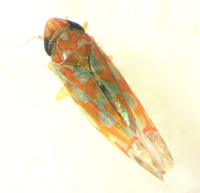 | Photo by: Ken Kneidel
Mecklenburg Co.
Comment: | 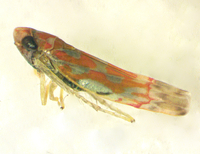 | Photo by: Ken Kneidel
Mecklenburg Co.
Comment: |
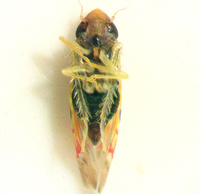 | Photo by: Ken Kneidel
Mecklenburg Co.
Comment: | 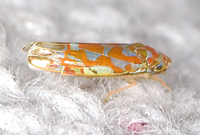 | Photo by: Jim Petranka
Madison Co.
Comment: |
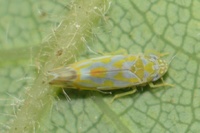 | Photo by: Scott Bolick
Forsyth Co.
Comment: | 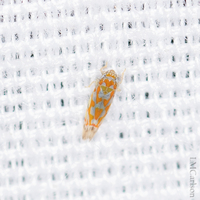 | Photo by: Lior Carlson
Orange Co.
Comment: |
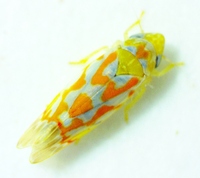 | Photo by: Ken Kneidel
Mecklenburg Co.
Comment: 2.9 mm, came to UV light at night | 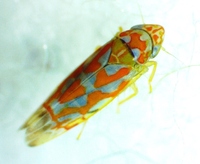 | Photo by: Ken Kneidel
Mecklenburg Co.
Comment: 2.7 mm, found indoors in a room with an often open window and a flowering dogwood just outside |
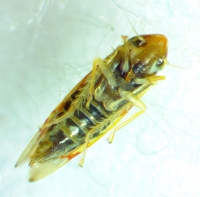 | Photo by: Ken Kneidel
Mecklenburg Co.
Comment: 2.7 mm, found indoors in a room with an often open window and a flowering dogwood just outside | 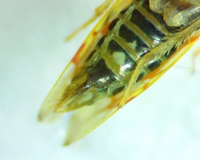 | Photo by: Ken Kneidel
Mecklenburg Co.
Comment: 2.7 mm, found indoors in a room with an often open window and a flowering dogwood just outside |
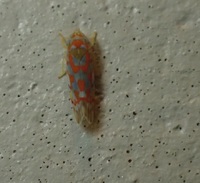 | Photo by: Erich Hofmann
New Hanover Co.
Comment: https://www.inaturalist.org/observations/57078320 | 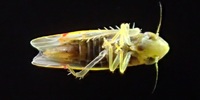 | Photo by: Erich Hofmann
New Hanover Co.
Comment: https://www.inaturalist.org/observations/57078320 |
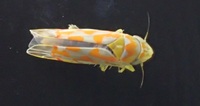 | Photo by: Erich Hofmann
New Hanover Co.
Comment: https://www.inaturalist.org/observations/57078320 | 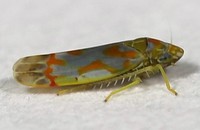 | Photo by: Rob Van Epps
Mecklenburg Co.
Comment: Came to UV light. Yard near woods. |
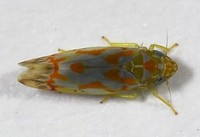 | Photo by: Rob Van Epps
Mecklenburg Co.
Comment: Came to UV light. Yard near woods. | 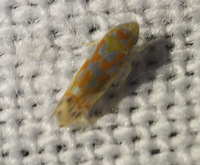 | Photo by: Randy Emmitt
Orange Co.
Comment: very very small. Came to UV light. - unid_leafhopper |
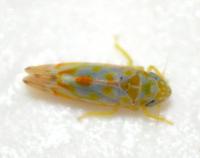 | Photo by: Kyle Kittelberger
Wake Co.
Comment: | 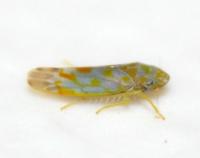 | Photo by: Kyle Kittelberger
Wake Co.
Comment: |
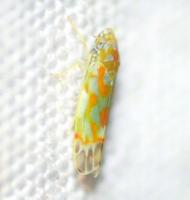 | Photo by: Kyle Kittelberger
Wake Co.
Comment: | 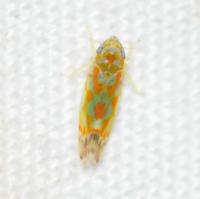 | Photo by: Kyle Kittelberger
Wake Co.
Comment: |
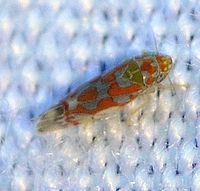 | Photo by: Paul Scharf, B Bockhahn
Stanly Co.
Comment: Attracted to UV Light | 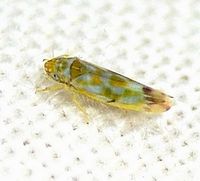 | Photo by: Paul Scharf, B. Bockhahn
Rockingham Co.
Comment: Caught seeping |
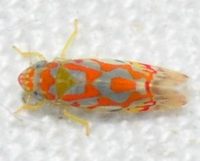 | Photo by: Kyle Kittelberger
Wake Co.
Comment: mixed hardwood forest habitat | 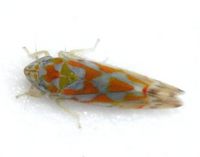 | Photo by: Kyle Kittelberger
Wake Co.
Comment: mixed hardwood forest habitat |
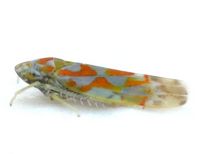 | Photo by: Kyle Kittelberger
Wake Co.
Comment: mixed hardwood forest habitat | 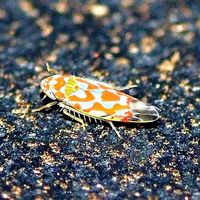 | Photo by: Paul Scharf
Warren Co.
Comment: Attracted to Light |
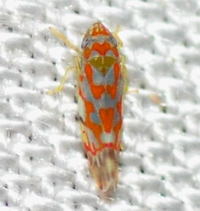 | Photo by: Kyle Kittelberger, Brian Bockhahn, Paul Scharf
Warren Co.
Comment: mixed hardwood, open forest near lake edge |

 »
»

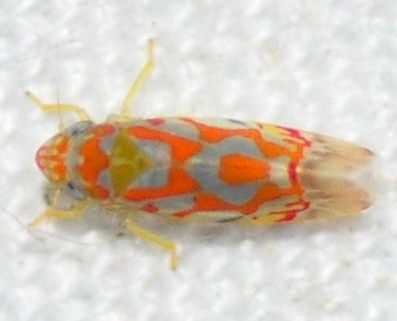

 »
»

